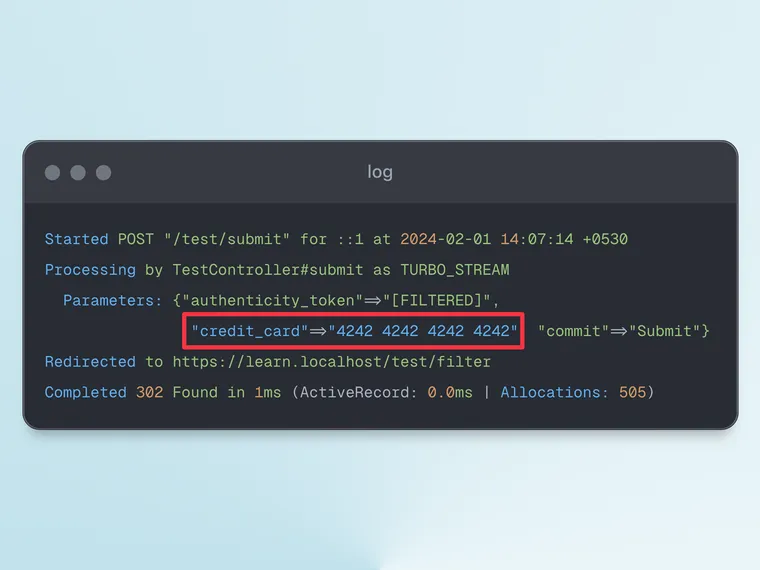Learn to Program Ruby with Me
Any topic, no matter how basic, can be made much more interesting if you dig deep enough, and we can always improve, grow, and extract more out of our education. This post announces a new tutorial on this blog where we'll learn to program in Ruby from the absolute basics. Hope you join me.
